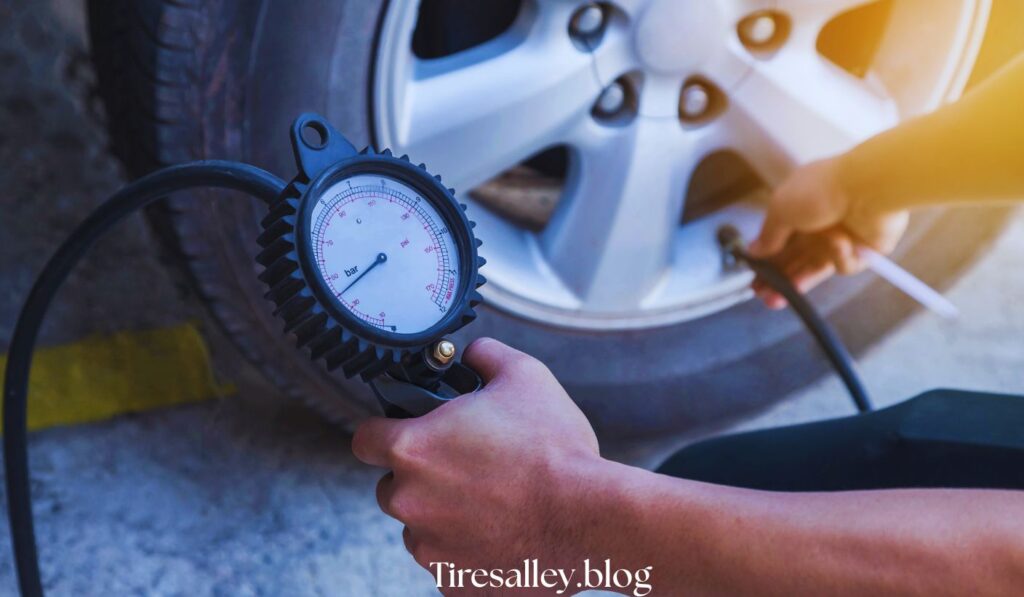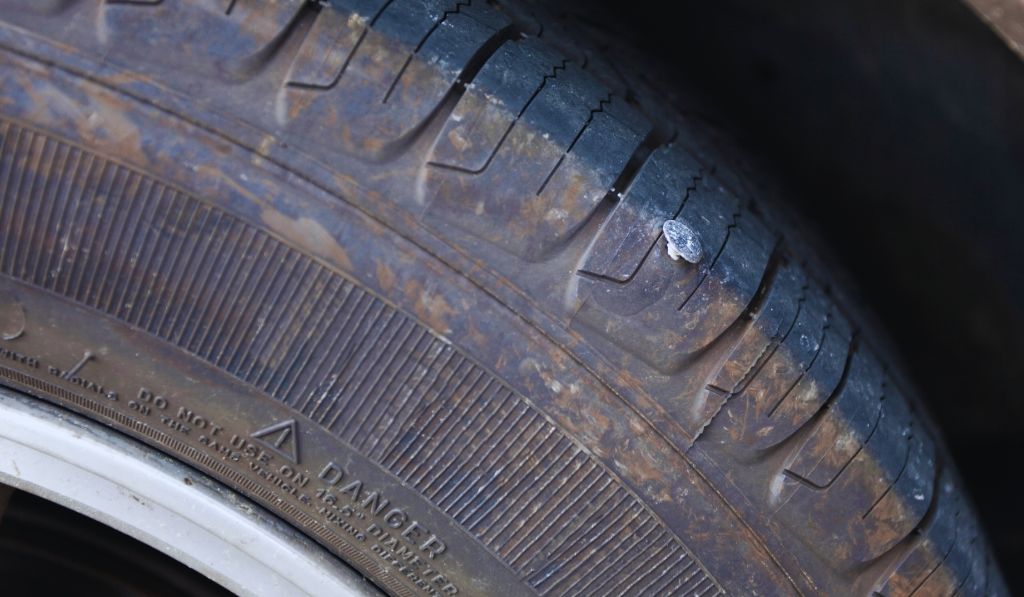The Ultimate Guide to Tire Pressure Monitoring Systems (TPMS): Everything You Need to Know in 2025
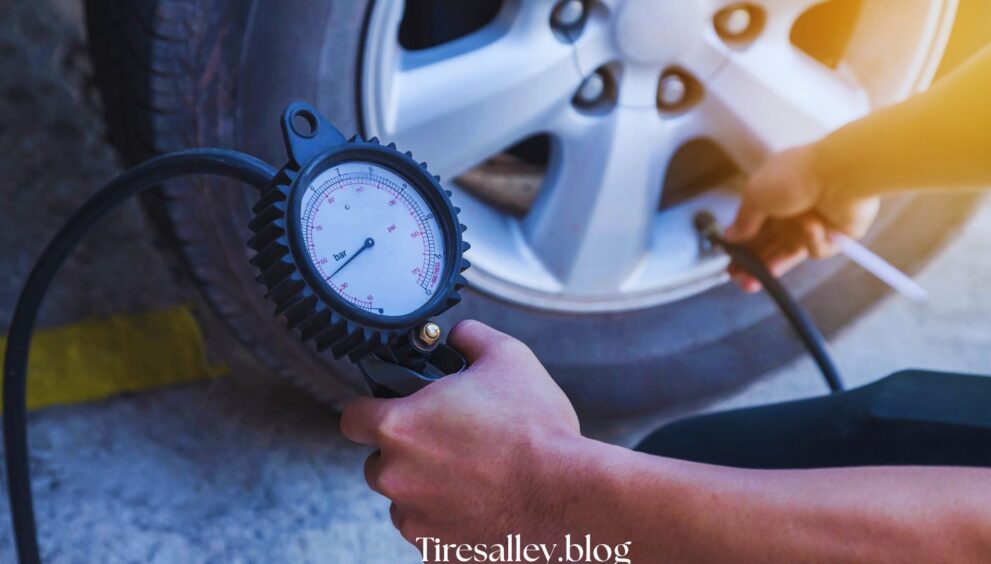
Tire Pressure Monitoring Systems (TPMS) have revolutionized automobile safety and fuel efficiency, turning into an quintessential aspect of modern-day-day vehicles.
As we navigate through 2025, the ones trendy systems have advanced past simple pressure detection to complete tire health monitoring answers.
Whether you’re a seasoned car enthusiast or an everyday commuter, TPMS era expertise can drastically impact your use of safety, vehicle typical overall performance, and preservation costs.
This comprehensive guide delves deep into the whole lot you want to understand about TPMS, from simple capability to superior troubleshooting techniques, supporting you to maximize the advantages of this vital safety era.
What is a Tire Pressure Monitoring System (TPMS)?
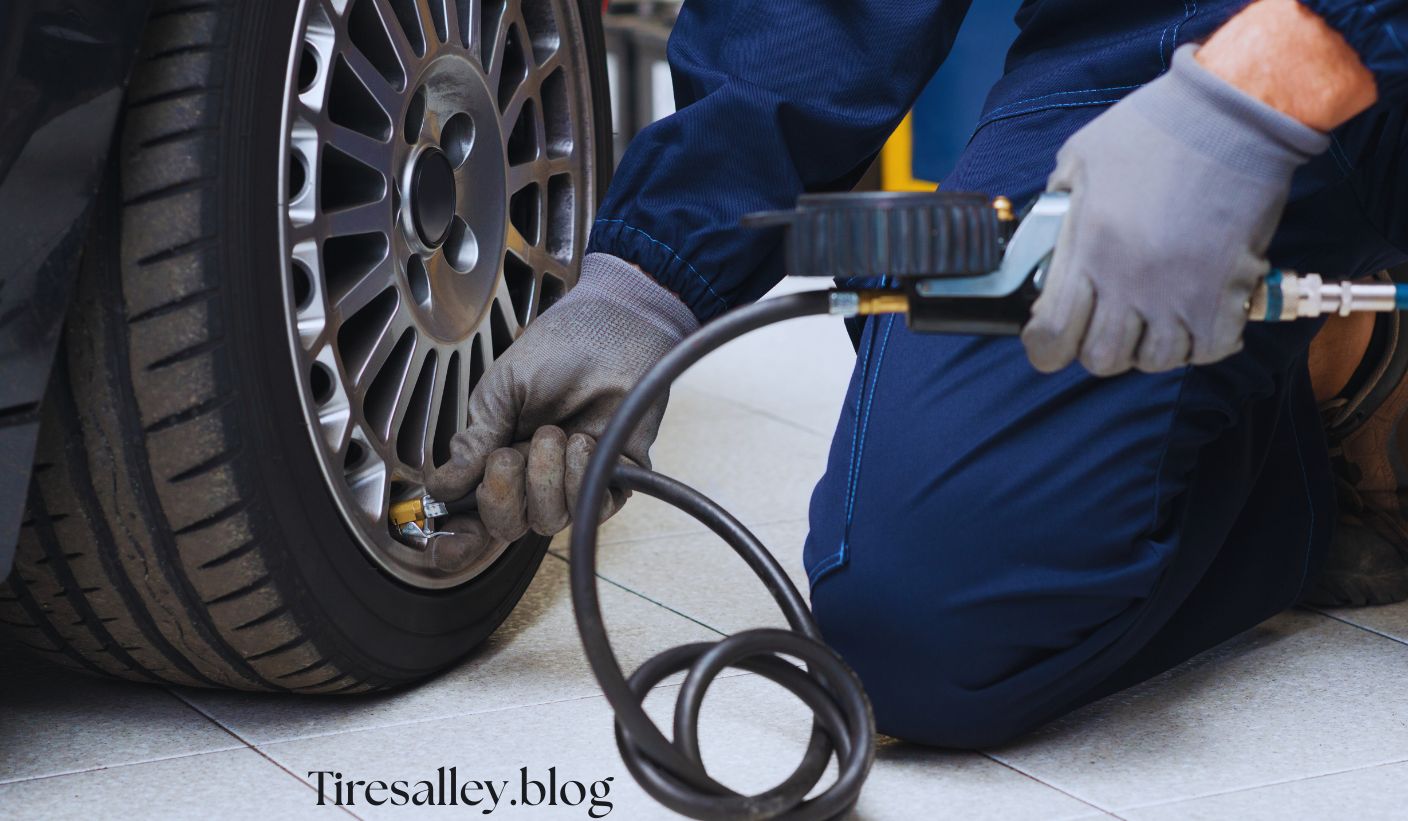
A Tire Pressure Monitoring System (TPMS) is a digital protection characteristic designed to show the air stress of internal pneumatic tires on diverse styles of vehicles.
The gadget continuously tracks tire strain and signals drivers while pressure stages fall below or exceed safe operating parameters, normally through dashboard caution lighting or virtual presentations.
The modern TPMS era extends past simple stress monitoring to encompass temperature sensing, tire wear detection, or maybe predictive upkeep abilities.
These superior structures feature your automobile’s first line of defense toward tire-related injuries, which account for about eleven,000 crashes yearly consistent with the National Highway Traffic Safety Administration (NHTSA).
The Evolution of TPMS Technology
The journey of TPMS started out within the Nineteen Eighties with pricey European automobiles, but massive adoption began following the TREAD Act of 2000 inside the United States.
This law mandated TPMS installation in all passenger cars manufactured after September 2007, marking a sizable milestone in vehicle protection standards.
Today’s TPMS era contains state-of-the-art sensors, wireless conversation protocols, and shrewd algorithms that provide actual-time tire fitness data.
The integration of sun charging abilities, cellphone connectivity, and synthetic intelligence has transformed the ones systems into whole tire management answers.
Read also: The Truth About Low-Profile Tire Longevity: Why Performance Comes at a Cost
How Does TPMS Work? Understanding the Technology
TPMS operates through a community of sensors, receivers, and managed modules that work collectively to display screen tire conditions continuously.
The gadget strategies statistics from a couple of resources to offer correct, actual-time statistics about tire stress and temperature.
Sensor Technology and Data Collection
TPMS sensors make use of piezoelectric or capacitive pressure sensing factors that convert mechanical stress modifications into electrical alerts.
These sensors are normally set up inside the tire, both on the valve stem or included into the wheel meeting. Advanced sensors moreover comprise temperature detection skills, as tire strain naturally fluctuates with temperature changes.
The sensors constantly degree pressure at periods starting from 15 seconds to several minutes, counting on the system format and the usage of situations.
During acceleration, braking, or cornering, many structures increase tracking frequency to hit upon rapid stress adjustments that might imply tire harm or air loss.
Wireless Communication and Data Transmission
Modern TPMS employs radio frequency (RF) communique, commonly walking inside the 315 MHz or 433 MHz bands, to transmit sensor statistics to the automobile’s tremendous manage unit.
Each sensor is assigned a unique identification code to save you signal interference between unique vehicles or tire positions.
The communication protocol includes blunders checking and signal validation to make certain data accurate and prevent fake alarms.
Advanced structures consist of encrypted communication to prevent hacking or signal interference from outside sources.
Types of TPMS: Direct vs. Indirect Systems
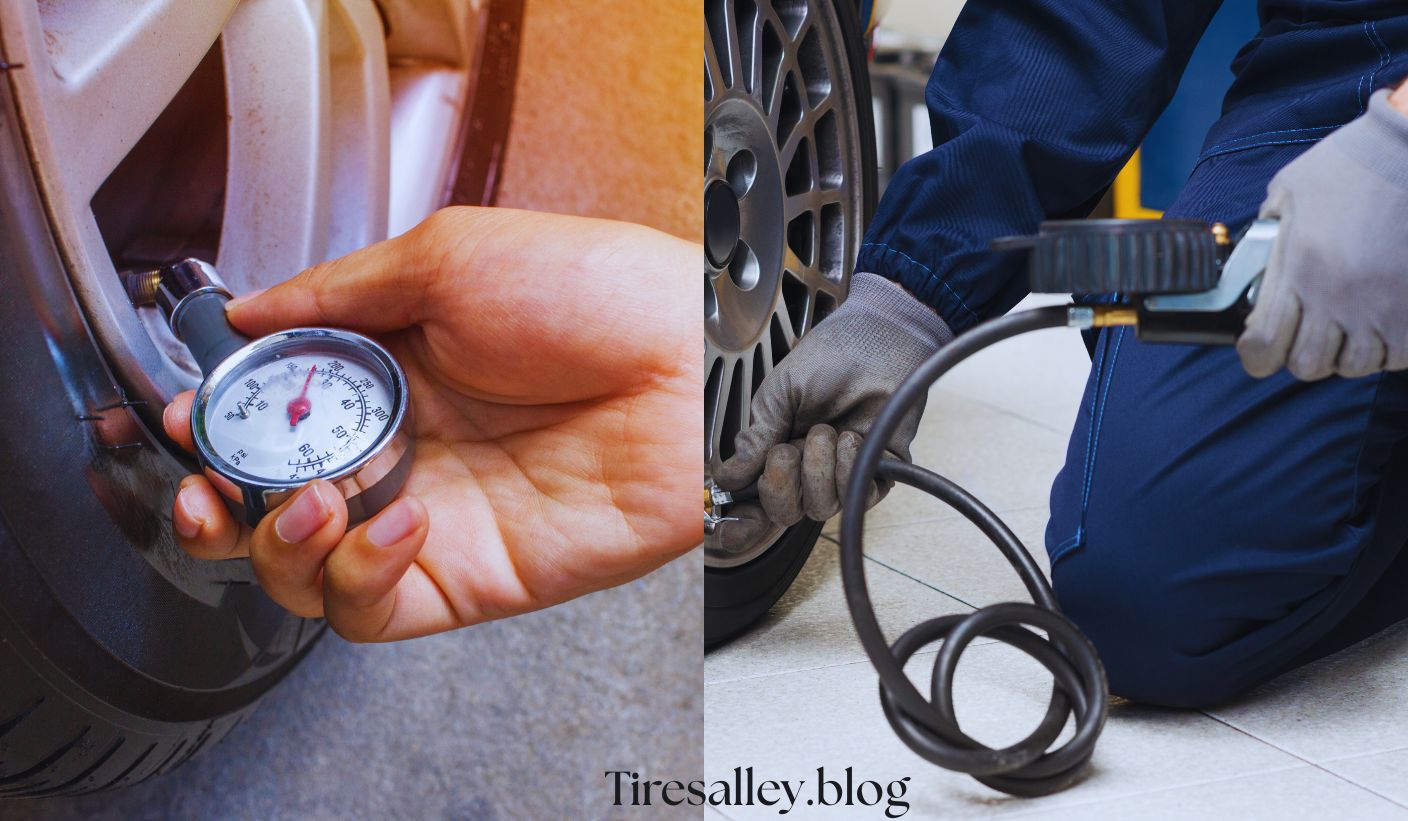
Understanding the versions between TPMS types is important for correct protection, troubleshooting, and substitute picks.
Each tool type offers wonderful advantages and barriers that have an effect on general performance, cost, and renovation necessities.
Direct TPMS: Precision Monitoring
Direct TPMS makes use of physical sensors to set up the interior of each tire to diploma actual air strain and temperature.
These sensors provide the most accurate readings and can discover slow stress loss, surprising air leaks, and temperature-associated strain modifications.
Advantages of Direct TPMS:
- Precise strain readings (typically accurate inside ±1 PSI)
- Real-time tracking talents
- Individual tire identification and monitoring
- Temperature repayment for accurate readings
- Immediate detection of fast air loss
- Compliance with all regulatory requirements
Limitations of Direct TPMS:
- Higher preliminary value and alternative costs
- Battery-powered sensors require eventual substitute
- More complex installation and upkeep techniques
- Potential sensor damage for the duration of tire mounting/dismounting
- Compatibility problems among extraordinary sensor producers
Indirect TPMS: Cost-Effective Alternative
Indirect TPMS monitors tire stress via the automobile’s anti-lock braking system (ABS) through analyzing wheel pace variations.
When a tire loses pressure, its diameter decreases barely, causing it to rotate faster than properly inflated tires.
Advantages of Indirect TPMS:
- Lower preliminary price and upkeep charges
- No batteries or sensors to update
- Simpler installation and calibration approach
- Integration with present day ABS infrastructure
- Reduced weight and complexity
Limitations of Indirect TPMS:
- Less unique pressure detection
- Cannot pick out which unique tire has strain loss
- Requires recalibration after tire rotation or substitute
- May no longer stumble on slow stress loss in all tires concurrently
- Limited effectiveness with considered one of a type tire sizes or brands
Key Benefits of TPMS Technology
The implementation of TPMS technology gives numerous blessings that amplify beyond easy safety improvements, impacting automobile universal performance, environmental sustainability, and financial overall performance.
Enhanced Safety and Accident Prevention
Proper tire stress is fundamental to automobile safety, affecting braking distance, guidance response, and common car stability.
TPMS considerably reduces the danger of tire-related injuries through supplying early warning of pressure troubles.
Research suggests that TPMS reduces tire-associated crashes with the useful resource of as much as 56% and stops approximately seventy nine deaths and 10,635 accidents every year.
The system’s ability to come across fast air loss can prevent catastrophic tire screw ups that might otherwise result in loss of automobile manipulation.
Improved Fuel Economy and Environmental Impact
Maintaining premiere tire pressure at once influences gasoline performance, with underinflated tires growing rolling resistance and gas consumption.
Studies show that proper tire strain can enhance gasoline monetary systems with the aid of up to 3.Three%, representing good sized financial financial savings over an automobile’s lifetime.
From an environmental perspective, TPMS contributes to decreased carbon emissions through advanced gasoline performance.
Additionally, right tire strain extends tire life, lowering waste and the environmental impact of tire production and disposal.
Extended Tire Life and Reduced Maintenance Costs
Properly inflated tires revel in greater even put on patterns, significantly extending their usable existence.
TPMS enables gold well known pressure stages, potentially growing tire existence via 25-30% and saving hundreds of dollars in premature tire alternative costs.
The system additionally permits proactive renovation scheduling, permitting drivers to deal with strain troubles earlier than they bring about extra severe issues or safety issues.
Understanding TPMS Warning Lights and Alerts
Modern TPMS gives diverse warning signs and alert structures designed to speak tire condition information virtually and correctly.
Understanding those alerts is critical for proper gadget utilization and automobile safety.
Dashboard Warning Light Indicators
The number one TPMS warning mild normally appears as a horseshoe or exclamation component symbol with tire sidewalls.
When this mild illuminates, it shows that one or extra tires have strain tiers out of doors, the ideal variety, commonly 25% under the encouraged pressure.
Warning Light Patterns and Meanings:
- Solid warning mild: Indicates modern-day-day low tire pressure condition
- Flashing caution mild: Suggests TPMS tool malfunction or sensor failure
- Multiple warning sequences: May suggest specific tire positions (varies through producer)
Advanced Display Systems and Digital Readouts
Many present day motors feature advanced TPMS shows that provide unique stress readings for each individual tire. These systems regularly encompass:
- Real-time strain readings in PSI, bar, or kPa
- Temperature tracking and display
- Tire position identity and rotation monitoring
- Historical records and fashion evaluation
- Maintenance reminder structures
Audio Alerts and Smartphone Integration
Premium TPMS systems might also moreover encompass audio alerts, voice notifications, or phone app integration.
These features provide extra wonderful comfort and make certain drivers attain critical tire pressure records even though no longer actively monitoring dashboard presentations.
Common TPMS Problems and Troubleshooting
Despite their reliability, TPMS systems can enjoy diverse issues which have an impact on performance and accuracy.
Understanding not unusual troubles and troubleshooting techniques facilitates maintaining system effectiveness and prevents useless service prices.
Sensor Battery Failure and Replacement
TPMS sensors usually use lithium batteries with lifespans starting from five-10 years, relying on utilization styles and environmental conditions.
Battery failure is the maximum not unusual TPMS difficulty, frequently manifesting as intermittent warnings or entire sensor failure.
Signs of Battery Failure:
- Inconsistent or intermittent caution lighting fixtures
- Failure to reset after tire stress adjustment
- Missing stress readings for specific tire positions
- System malfunction symptoms
Battery Replacement Considerations:
- Most TPMS sensors require whole sensor replacement at the same time as batteries fail
- Replacement timing should coincide with tire alternative while feasible
- Professional installation ensures right sensor programming and calibration
Sensor Damage and Physical Issues
TPMS sensors are liable to physical damage for the duration of tire mounting, avenue risks, and extreme climate conditions. Common damage consists of:
- Valve stem harm from improper tire mounting
- Sensor housing cracks from street particles or influences
- Corrosion from street salt or chemical exposure
- Antenna harm affecting sign transmission
Signal Interference and Communication Problems
RF interference can disrupt TPMS verbal exchange, leading to false alarms or gadget malfunctions. Common interference resources include:
- Aftermarket electronics and add-ons
- Mobile gadgets and wi-fi machine
- Environmental factors alongside electric storms
- Proximity to radio transmission centers
TPMS Maintenance and Best Practices
Proper TPMS preservation ensures system reliability, accuracy, and sturdiness even as maximizing the protection and monetary advantages of tire pressure tracking technology.
Regular System Checks and Calibration
Monthly TPMS machine assessments need to coincide with manual tire stress inspections using a dependable strain gauge. This dual method ensures system accuracy and gives backup verification of tire conditions.
Monthly Maintenance Checklist:
- Verify all tire pressures healthful producer specs
- Check TPMS caution mild capability at some stage in automobile startup
- Test device reaction thru barely deflating one tire (under supervised conditions)
- Document any caution mild patterns or device irregularities
Seasonal Considerations and Temperature Compensation
Tire strain definitely fluctuates with temperature adjustments, generally losing or gaining 1-2 PSI for each 10°F temperature change.
TPMS structures account for those variations, but know-how seasonal styles facilitate save you vain worries.
Winter Maintenance:
- Expect decrease strain readings in cold weather
- Allow adequate warmth-up time in advance than stress checks
- Consider slightly higher inflation pressures to account for temperature drops
- Monitor system overall performance in extreme bloodless situations
Summer Maintenance:
- Be aware of pressure will increase in warm climate
- Avoid overinflation whilst checking pressures on hot tires
- Monitor machine performance during extended motorway riding
- Consider tire strain modifications for towing or heavy loading
Professional Service and Sensor Programming
TPMS sensor alternative, programming, and calibration commonly require expert carriers with specialised devices. This guarantees right sensor integration and tool functionality.
Professional Service Requirements:
- Sensor ID programming and car gadget integration
- Proper torque specifications for sensor set up
- System calibration and testing strategies
- Warranty compliance and documentation
The Future of TPMS Technology
As car generation keeps advancing, TPMS systems are evolving to provide more capability, improved accuracy, and integration with broader vehicle safety and maintenance structures.
Next-Generation Sensor Technology
Advanced TPMS sensors now incorporate multiple length abilities, inclusive of:
- Tire tread intensity tracking thru footprint assessment
- Road floor circumstance detection
- Vehicle load distribution monitoring
- Tire wear pattern evaluation and prediction
Integration with Vehicle Telematics and IoT
Modern TPMS systems more and more combine with vehicle telematics systems, enabling:
- Remote monitoring via cellphone programs
- Predictive upkeep scheduling and alerts
- Fleet control and monitoring competencies
- Integration with insurance telematics packages
Artificial Intelligence and Predictive Analytics
AI-powered TPMS systems observe riding styles, environmental situations, and historical facts to provide:
- Predictive tire failure warnings
- Optimized pressure recommendations for particular using situations
- Personalized protection scheduling
- Enhanced gasoline economy optimization suggestions
Choosing the Right TPMS System
Selecting the right TPMS device relies upon various factors along with automobile type, the use of styles, budget issues, and desired capabilities.
OEM vs. Aftermarket Systems
Original Equipment Manufacturer (OEM) systems offer assured compatibility and warranty coverage however may cost a little greater than aftermarket options.
Aftermarket systems offer flexibility and fee savings however require cautious compatibility verification.
System Features and Capabilities
Consider the subsequent abilities even as evaluating TPMS options:
- Display kind and information detail degree
- Mobile app integration and smartphone connectivity
- Battery life and alternative requirements
- Installation complexity and professional issuer needs
- Warranty insurance and guide availability
Cost Considerations and Economic Impact
Understanding TPMS costs allows us to make informed selections about device desire, preservation, and alternative timing.
Initial Investment and Installation Costs
Direct TPMS structures typically cost $two hundred-$800 for the entire set up, relying on car type and gadget complexity.
Indirect systems usually charge a whole lot much less however provide fewer capabilities and talents.
Long-time period Savings and Return on Investment
TPMS systems typically pay for themselves via:
- Fuel financial device enhancements (3-five% performance profits)
- Extended tire existence (25-30% longer put on)
- Reduced maintenance and restore prices
- Accident prevention and insurance blessings
Replacement and Maintenance Expenses
Budget for periodic sensor substitute (every five-10 years) and professional company requirements. Many drivers discover that coordinating sensor alternative with tire alternative minimizes normal costs and carrier disruption.
Conclusion: Maximizing TPMS Benefits
Tire Pressure Monitoring Systems represent a vital development in the automotive protection era, supplying drivers with essential facts to maintain most efficient tire standard overall performance and automobile protection.
As TPMS technology keeps evolving, those systems increasingly provide today’s monitoring competencies and integration with broader automobile control systems.
Understanding TPMS functionality, protection requirements, and troubleshooting strategies allows drivers to maximize device blessings even as ensuring dependable operation.
Whether selecting between direct and indirect systems, preserving existing tools, or planning future upgrades, knowledgeable preference-making based totally on whole know-how guarantees perfect tire safety and average performance.
The investment in first-class TPMS technology and right maintenance practices will pay dividends through extra appropriate protection, superior gas monetary gadget, prolonged tire lifestyles, and reduced maintenance expenses.
As we skip ahead into a generation of increasingly more linked and sensible cars, TPMS structures will hold an essential role in vehicle safety and performance.
By staying knowledgeable about TPMS technology tendencies and preserving systems properly, drivers can make certain their motors offer reliable, secure, and green transportation for future years.
The aggregate of superior monitoring technology and proactive preservation practices represents the best technique to tire protection and performance optimization in brand new car panorama.

